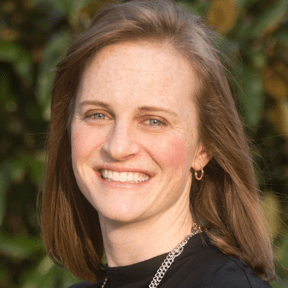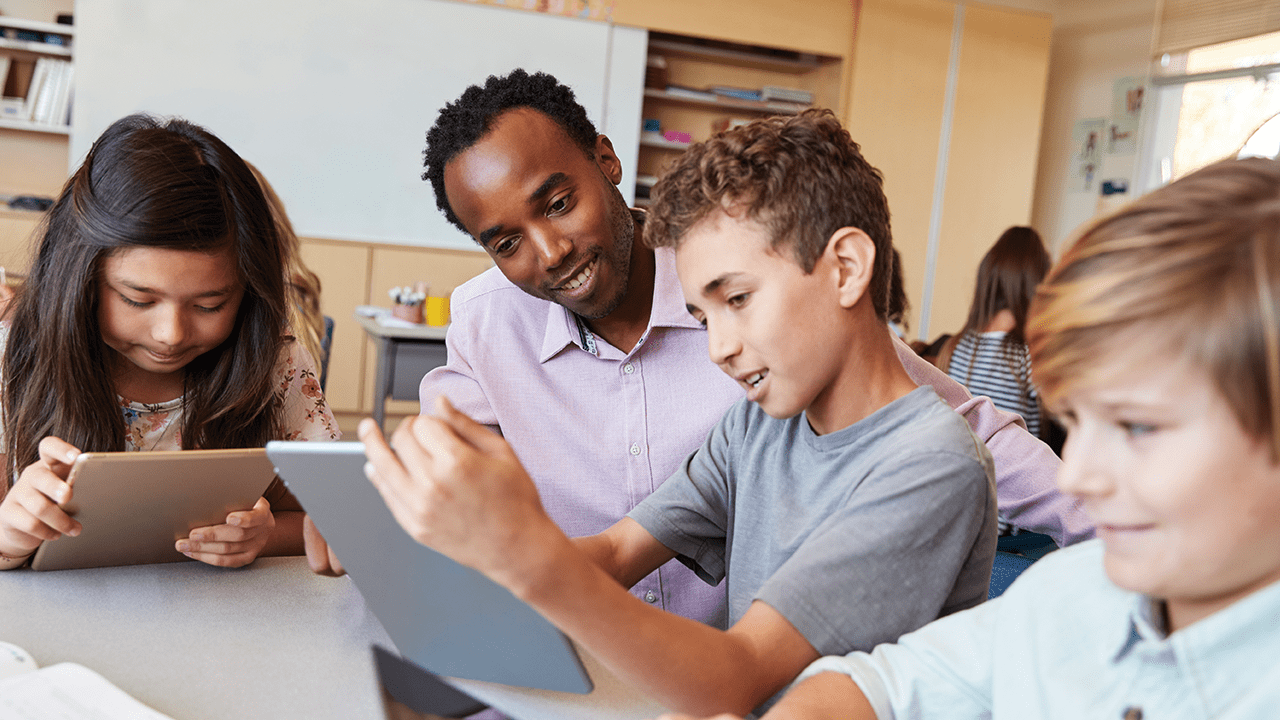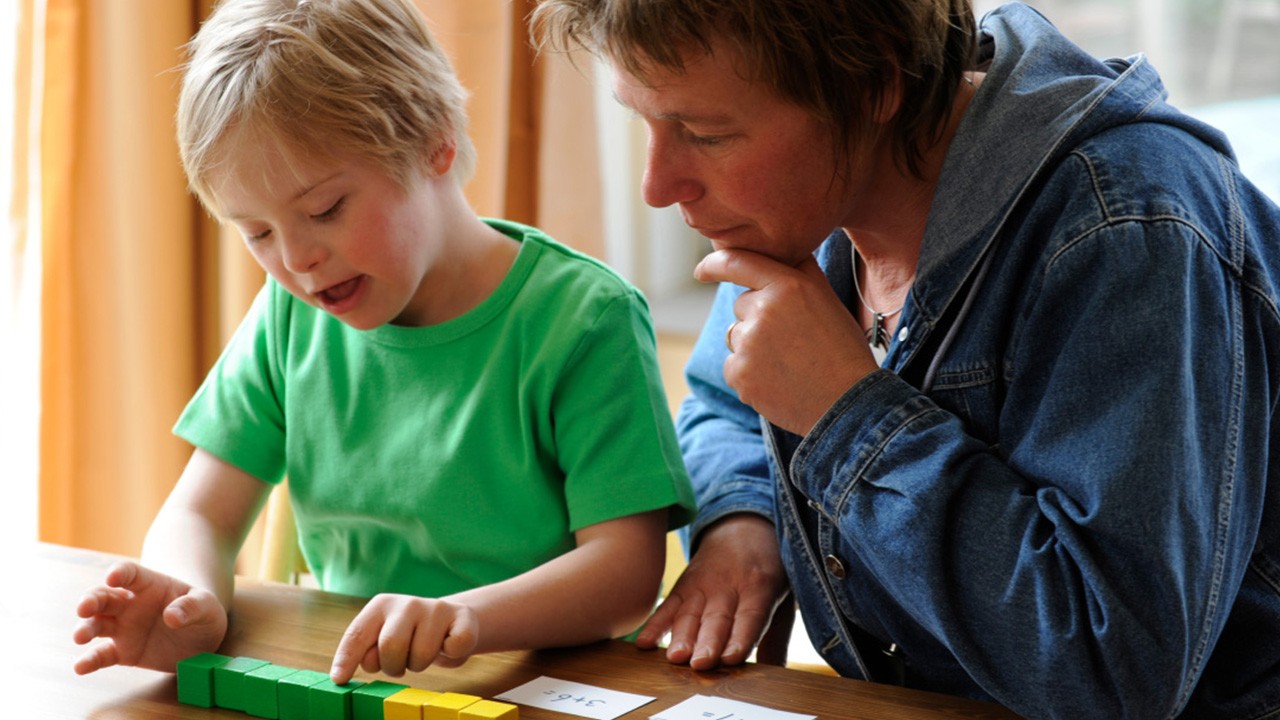The strength of an IEP team lies in its ability to approach the needs of a student from multiple perspectives. When the team shares data and collaborates on best practices that support goal achievement, the student reaps the benefits. Related-service providers are a critical part of the IEP team. They are uniquely positioned to guide students toward IEP goal achievement in a specific discipline and also toward academic goals.
What are related services?
Related services help unique learners by providing extra support in identified areas of need, such as hearing, speaking, moving, or socializing. They are reviewed as part of the IEP process. They could be provided through a 504 plan, though, depending on whether the child’s disability has an adverse impact on their learning. These are services intended to help students participate in class and afterschool activities. So, transportation may be an appropriate related service for a medically fragile student, and audiology services may be an appropriate one for a student with hearing loss. Others include:
- Speech-language pathology services
- Interpreting services
- Psychological services
- Physical therapy
- Occupational therapy
- Recreation, including therapeutic recreation
- Early identification and assessment in children
- Counseling services, including rehabilitation counseling
- Orientation and mobility services
- Medical services for diagnostic or evaluation purposes
- School health services and school nurse services
- Social work services in schools
- Parent counseling and training
How does a child qualify for related services?
To qualify for related services, a student must first have an evaluation, which is then reviewed by their IEP team. According to the Individuals with Disabilities Education Act (IDEA), evaluations must be sufficiently comprehensive to identify all special education and related-service needs. So, children sometimes have multiple evaluations during the eligibility process. For example, they may participate in psychological, educational, and speech-and-language evaluations to determine areas of need in academic subjects along with communication goals.
Practitioners in related-service fields write annual goals for the IEP just like special education teachers write annual goals for academic disciplines. Goals for related services should include when the service will begin, how often and how long it will be provided, and in what setting.
How do related services connect to IEP goals?
Related services support IEP goal achievement by helping students participate in class throughout the school day. They help them work around the challenges of their disability by providing specialized tools and skills.
For example, students with developmental coordination disorder (DCD), or dyspraxia, struggle with physical coordination and movement. Occupational therapy may be one of several related services that benefit students with DCD. An occupational therapist (OT) may provide inclusion support twice per week to help a student with DCD take notes during math class, organize homework into a folder, and access a notebook and textbook simultaneously. In this example, the OT is a related-service provider who helps the student achieve two types of IEP goals. First, they are helping the student work on occupational therapy goals involving fine motor skills and motor planning. Second, the improved organization and coordination from the occupational therapy allow this child with DCD to focus more on math content and less on the work of planning and coordinating. More “brain space” for learning and practicing math increases the likelihood of mastering math goals.
Assistive technology is another type of related service that helps unique learners achieve their IEP goals. Assistive technology services and devices provide opportunities for them to hear, see, read, write, speak, or move in ways they wouldn’t otherwise be able to because of their disability. Speech-generating devices and visual communication boards, for example, allow students with significant speech impairments to express their functional needs, wants, ideas, and questions. Without those supports, they would have limited or no ability to demonstrate understanding and, therefore, limited or no way to show progress toward IEP goals.
For a third example, let’s consider the impact of psychological support on a student’s ability to make academic progress. One who acts out or withdraws during class time is unavailable for learning. (How can the student practice digraphs if they are hiding under a table? How can a child internalize the main idea of a reading passage if they are crying about a peer conflict?) Most distracting and problem behaviors can be addressed with whole-class behavior management systems with some individualized reinforcements and supports.
However, some students’ disabilities impact their behavior to the extent of needing regular psychological support. Psychological services (sometimes called “behavioral/social-emotional support”) are a related service. A psychologist will work with the student on goals related to becoming more emotionally available for learning. These may include following directions, sustaining attention, asking for help, and demonstrating appropriate peer interactions. This related service provides students with the skills they need to manage their emotions in a way that lets them participate in classroom activities. General education and special education teachers can support a student’s behavioral goals by helping administer the behavior chart, rewards system, checklist, or other tools that the psychologist implements.
What else can educators do to boost achievement?
Teachers and related-service providers who work together to share student data and best practices make for the strongest IEP teams and, in turn, set students up for the most success. Collaboration looks different among various teaching partners and student teams, but at a minimum it includes regular communication and sharing of useful information. Because related services are directly related to a child’s disability (they have to be in order to qualify!), any related-service work directly impacts that child’s progress in the classroom. As a result, classroom teachers and related-service providers have shared interests with goals that often overlap. Prioritize teamwork for the sake of the student’s progress toward IEP goal achievement, and to avoid the impossible burden of trying to single-handedly meet all of their needs.



